10 Shocking Differences Between American Cars And European Cars You Should Know Before Traveling
10 Shocking Differences Between American Cars And European Cars You Should Know Before Traveling
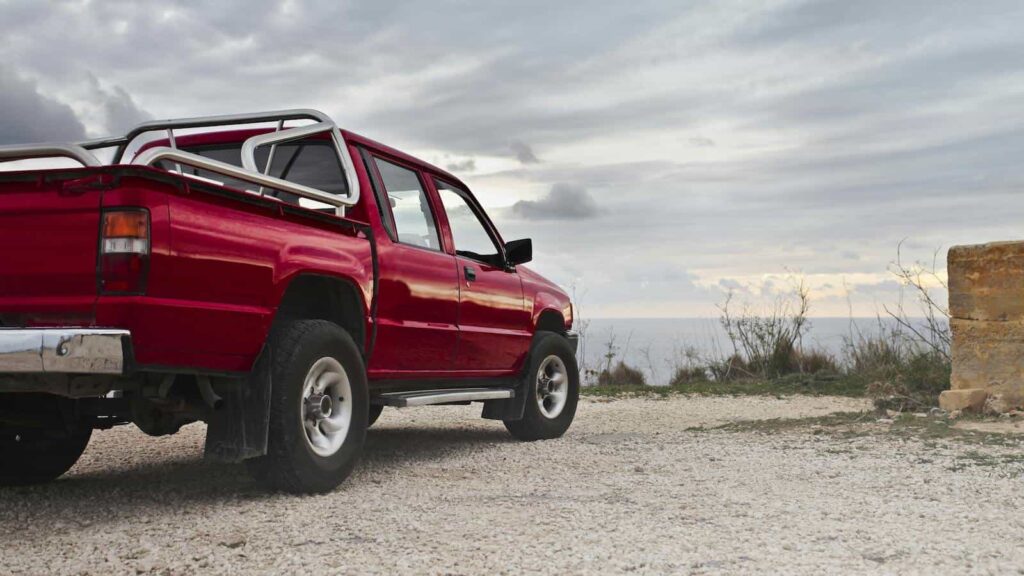
Traveling can be an eye-opening experience, especially when you hop into a car in a new continent. If you’re used to driving in the United States and are planning to drive in Europe, or vice versa, there are some pretty interesting differences between American and European cars that might surprise you. From the way they handle transmission to the design focused on tighter, narrower urban spaces, the differences can impact your driving experience more than you might expect. So, before you get behind the wheel on the other side of the pond, let’s go through some key distinctions that could help you adapt quicker and enjoy the ride.
1. Manual transmission is more common in Europe
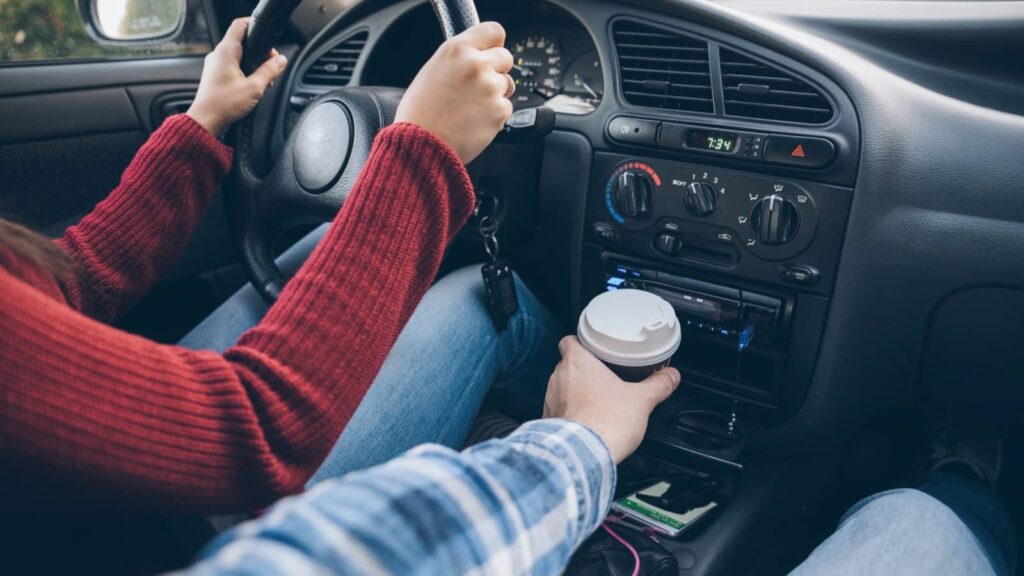
In Europe, grabbing the gear stick is part of the driving routine. Unlike the United States, where automatic cars dominate the roads, in Europe, manual transmission is still king. This preference for manuals isn’t just about tradition; it’s also considered to offer better control and fuel efficiency, which are highly valued in European driving culture. So, if you’re planning to rent a car in Europe, it might be a good time to brush up on your stick-shift skills before you go.
2. Smaller car sizes

Ever tried squeezing a large SUV down a narrow Italian alleyway? In Europe, cars are generally smaller, designed to navigate through medieval towns and bustling, narrow streets without a scratch. This means not only easier parking but also a bit of a learning curve if you’re used to more spacious American vehicles. Smaller cars also mean less fuel consumption and easier handling.
3. Fuel efficiency is prioritized in Europe
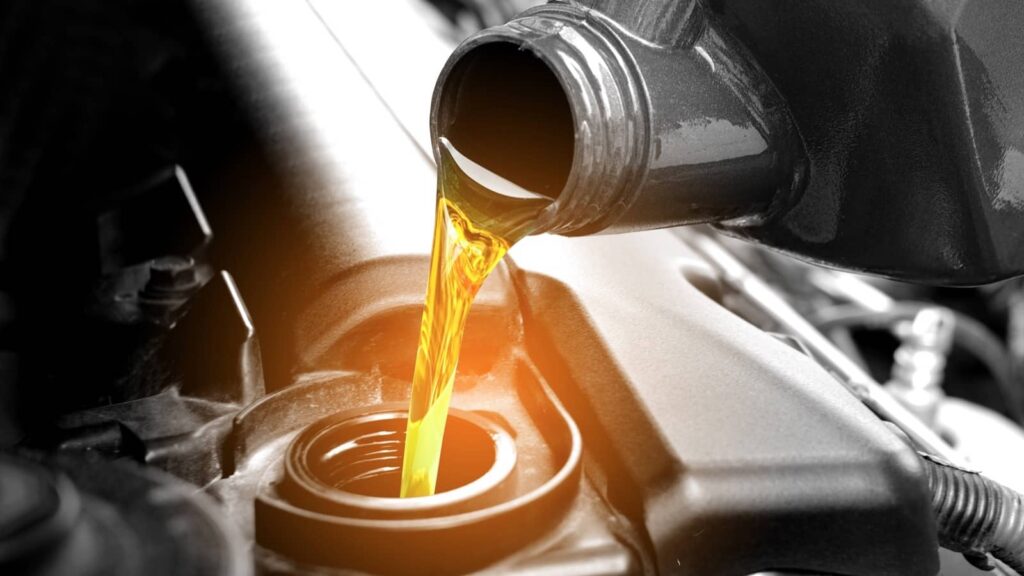
While Americans love their big engines and powerful rides, Europeans tend to lean towards fuel efficiency. This is partly because fuel prices are generally higher in Europe. As a result, you’ll find a lot of cars with smaller, more efficient engines and a significant number that run on diesel, which provides better mileage.
4. Speedometers differ
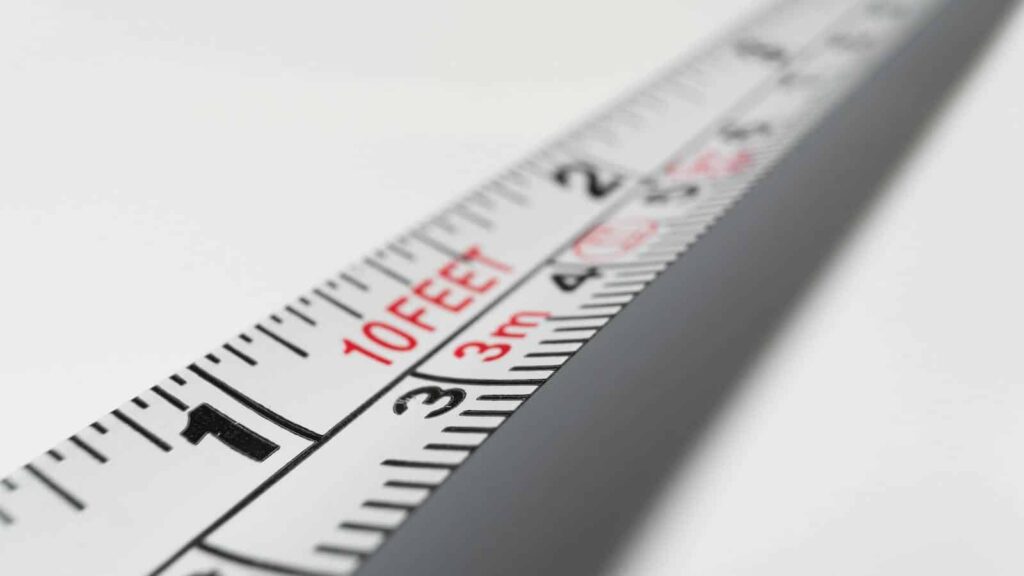
Here’s a quick heads-up: European cars measure speed in kilometers per hour, not miles per hour like in the U.S. This can be a bit confusing at first, but you’ll get the hang of it quickly. Just remember that a kilometer is shorter than a mile, so don’t get too excited when the speed limit seems higher!
5. Parking is tighter in Europe

In Europe, space is at a premium, and that includes parking spaces. European cars often come equipped with features like folding side mirrors and sometimes even smaller wheelbases to fit into compact spots. So, when you park in a tight space for the first time, take advantage of these neat little features.
6. Lack of cupholders

If you love having a giant soda at your side on road trips, you might find European cars a bit lacking. They usually have fewer and smaller cupholders. This is just a small reflection of different lifestyle choices—coffee breaks happen at a café, not on the road!
7. Climate controls vary

Don’t expect the chilly blast of air conditioning you get in most American cars when driving in Europe, especially in northern areas. The climate control systems in European cars are often less powerful. This isn’t usually a problem because many places in Europe have milder climates compared to the U.S.
8. Roadside assistance tools

European cars are usually equipped with a variety of roadside assistance tools like safety kits, warning triangles, and reflective vests. These are actually mandatory in some countries. It’s a practical feature that reflects the cautious and prepared nature of European driving regulations.
9. Higher focus on driving performance

In Europe, the driving experience is often about the thrill of the ride and the agility of the car. European cars tend to emphasize handling and precision over straight-line speed and comfort. This can make driving a lot more fun if you’re on a winding road through the Alps!
10. Diesel fuel is widely used
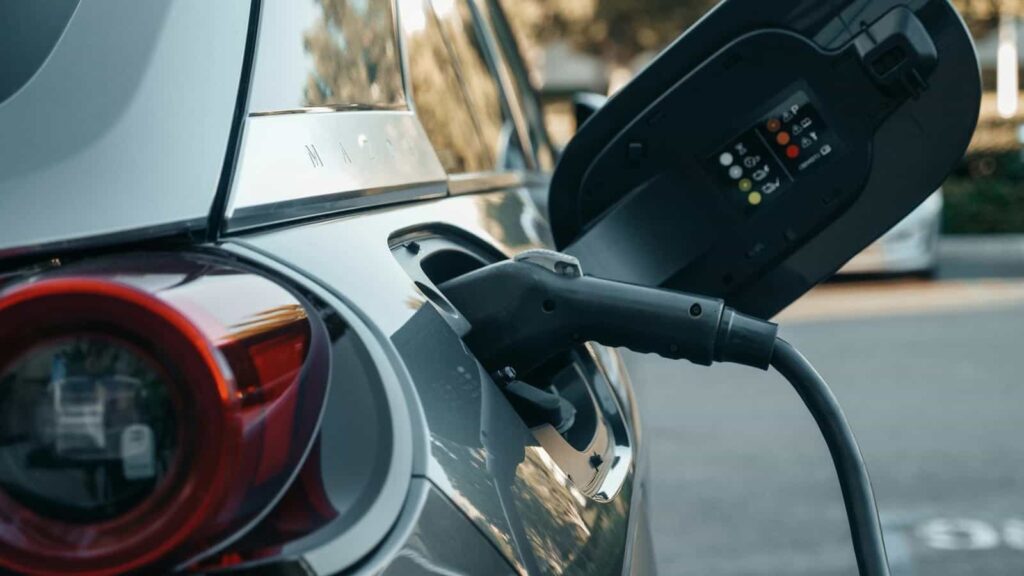
Lastly, don’t be surprised to see so many diesel cars in Europe. Diesel engines are very common due to their fuel efficiency and longevity. However, make sure you’re filling up the right fuel because picking the wrong pump is an easy mistake that can ruin your road trip.
Driving in a different part of the world is always an adventure. Knowing these differences can help you make the most of your experience and avoid some common pitfalls. So, take these tips, get in the driver’s seat, and enjoy exploring Europe!
We are Mary and Eric, the founders of Be Right Back, a blog dedicated to romance around the globe and at home.
We are Mary and Eric, the founders of Be Right Back, a blog dedicated to romance around the globe and at home. With over 10 years of experience in dating and traveling to romantic places, we share our favorite date ideas and romantic destinations to help couples level up their relationships. Having lived in and traveled through the USA, we also share our favourite things to do in the States.
With 70,000 monthly readers and 16,000 followers on social media, Be Right Back is your go-to resource for romantic trip ideas and couple activities at home and abroad.
